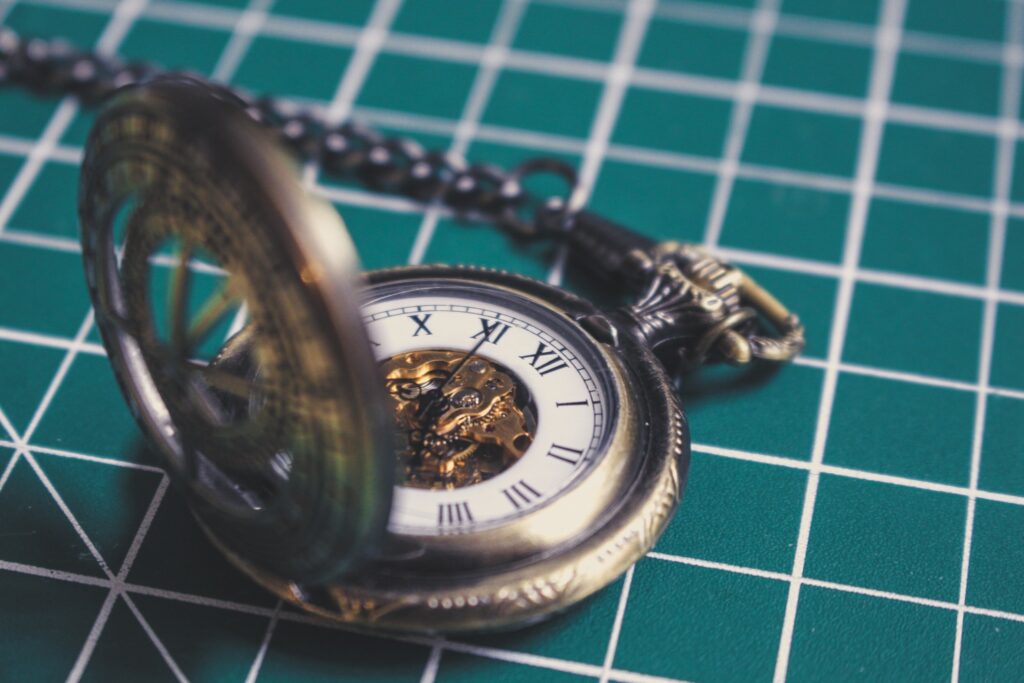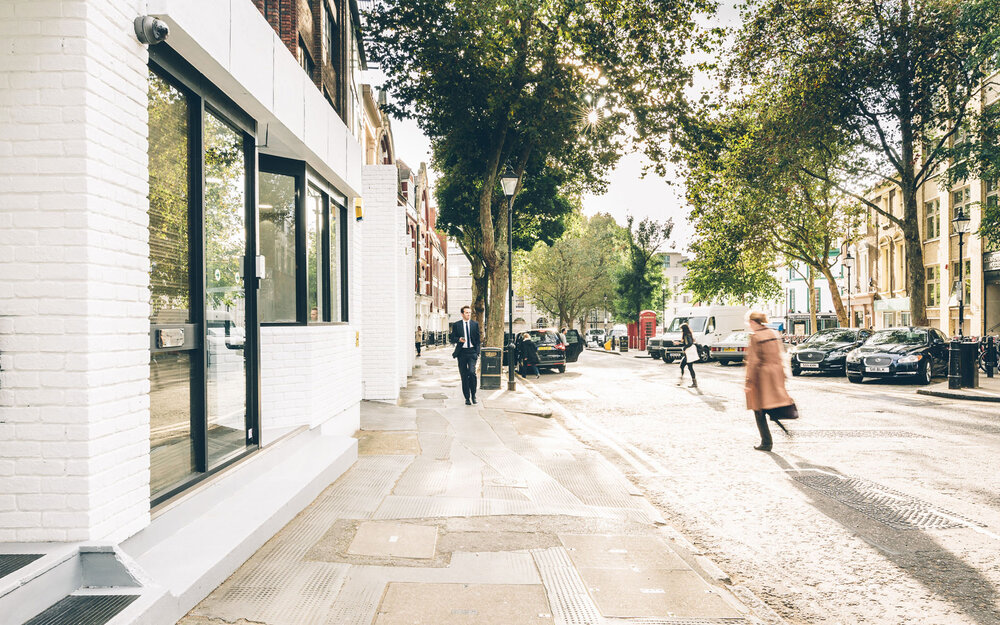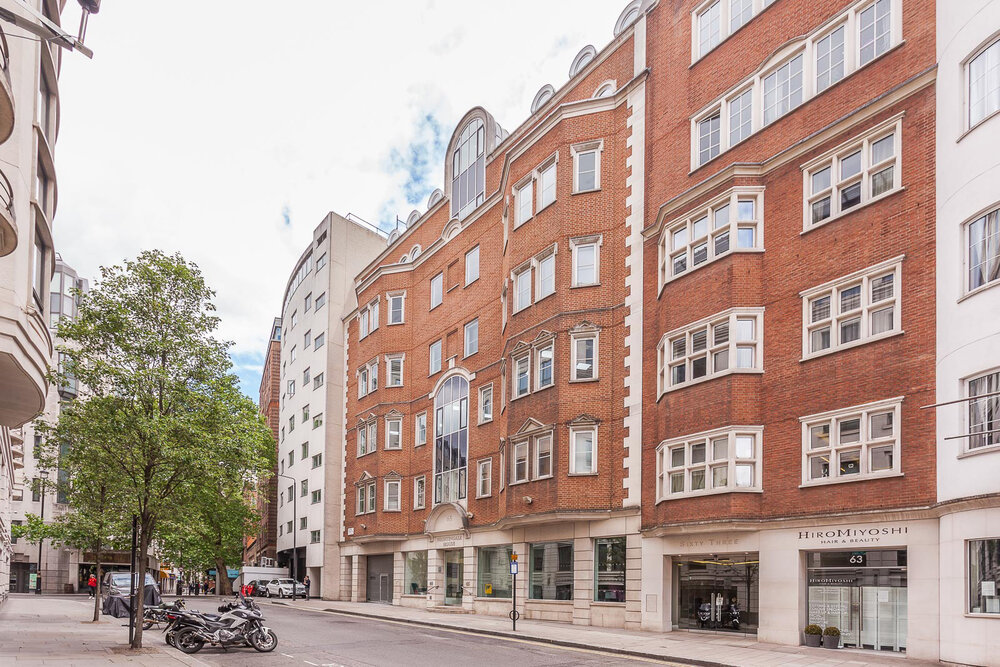After spending the past decade in Clerkenwell, with the first Business Cube centre set up in the historical Clerkenwell Green, we have become well acquainted with the area and the treasure trove of secrets it hosts. So without further ado, here are our top 5 favourite Clerkenwell facts…
1. Clerkenwell Green features in Dickens’ ‘Oliver Twist’
You’ve got to pick a pocket or two!
Dickens was well acquainted with Clerkenwell and even featured the Green in his second novel ‘Oliver Twist’. Just across the way from our 2-7 Clerkenwell Green centre, the Artful Dodger introduces Oliver to the practice of pickpocketing. Saffron Hill is also thought to have been the location of Fagin’s lair – so Clerkenwell is not short of connections to the well known novel.
2. Clerkenwell was the headquarters of British watchmaking
Clerkenwell has always been a hub of creativity and back in the 1600s, when Britain led the watchmaking industry, Clerkenwell was the home of horology. After the Great Fire of London in 1666, watchmaking moved away from the City of London allowing Clerkenwell to become a thriving area concentrated with skilled workers of the trade . At one point in the 18th century, Britain were producing more than half of the world’s watches – most of these would have been made in Clerkenwell!

3. … and Kodak held their headquarters on Clerkenwell Road
During the late 19th and early 20th century, Kodak moved their headquarters to Clerkenwell Road (right next to BrewDog). The watchmaking trade in Britain was in decline by the 20th century and Kodak sought to use this to their advantage, employing ex watchmakers and jewellers to produce their cameras.
4. Clerkenwell Green was once the centre of radicalism
In the Victorian era, Clerkenwell Green was a central meeting place for public meetings and demonstrations for Chartists and was for some time thereafter associated with radical politics. Lenin once worked at 37a Clerkenwell Green where he printed his radical newspaper ‘The Spark’ and it is thought that he and Josef Stalin first met in London in The Crown Tavern pub in 1905.
5. Clerkenwell is named after the Clerk’s Well
Parish clerks during the Middle Ages used to perform sacred plays around the Well located at 14-16 Farringdon Lane and the area was henceforth named Clerkenwell. The Well was left unused after the mid – 19th century but was rediscovered during building works in 1924. Look for the blue plaque at 16 Farringdon Lane, peek through the window and you can see for yourself!



